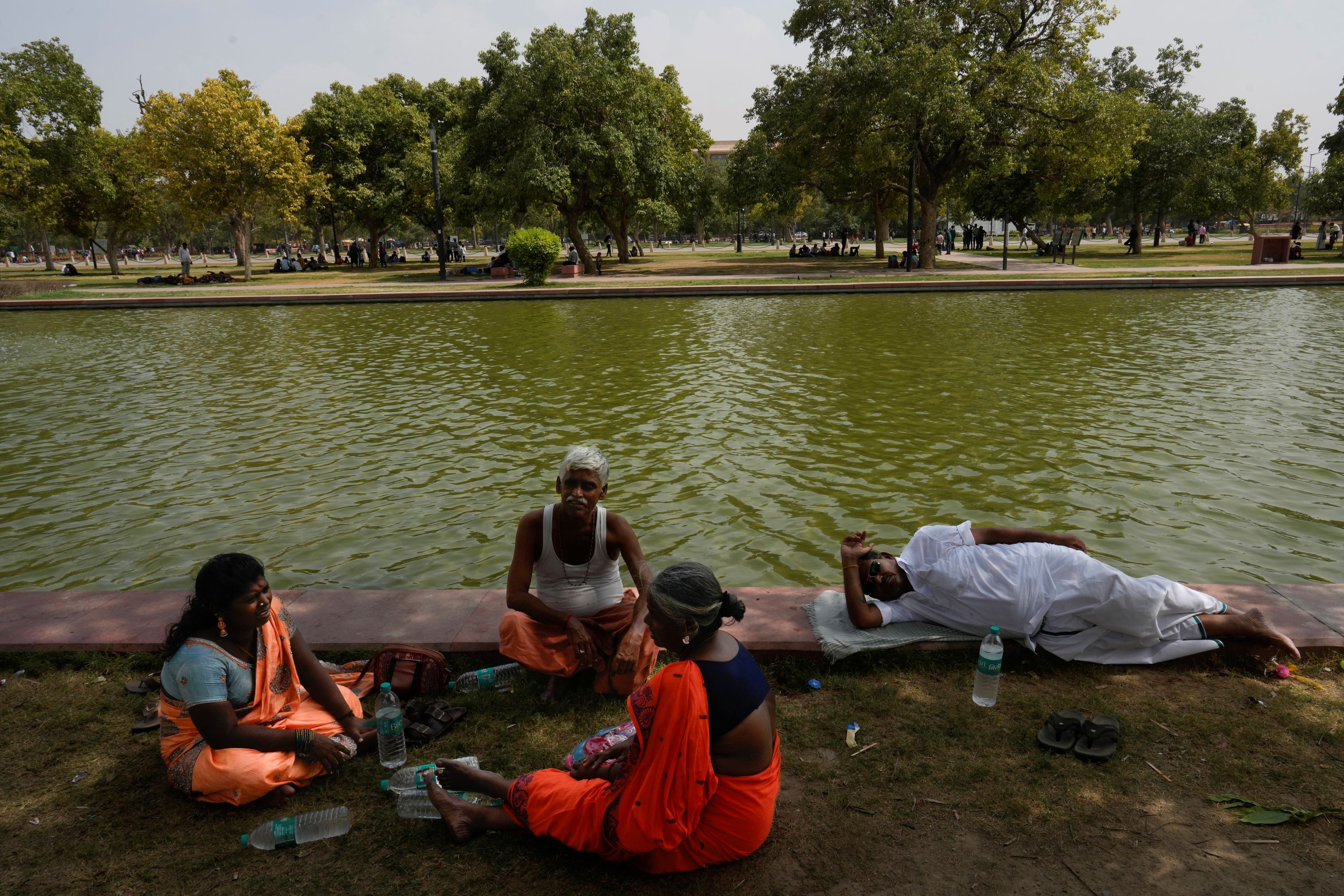
The number of days reaching a sizzling 35 degrees Celsius (95 Fahrenheit) in 20 of the world's largest capitals - from Delhi to Jakarta to Buenos Aires - has risen 52 percent over the past three decades, a think tank analysis found on Friday.
More than 300 million people live in the world's 20 most populous capital cities, where they are uniquely vulnerable to rising temperatures fueled by climate change, as asphalt and buildings absorb and retain heat.
ALSO READ: 'Boiling world' should jointly fight climate change
Capital cities including Delhi, Dhaka and Manila already this year have been plagued by dangerous heatwaves - leading to a spate of heat-related deaths and school closures.
Using surface temperature data from airport weather stations, the researchers found that from 2014 to 2023, there were nearly 6,500 cumulative days, or instances, when one of the 20 cities reached temperatures of 35 C or higher. In the decade from 1994 to 2003, there were just 4,755
Delhi alone documented its longest and most severe heatwave in 74 years, registering 39 consecutive days with maximum temperatures at or above 40 C (104 F) from May 14 to June 21, according to weather station data.
READ MORE: HK sizzles at 34.4°C as very hot weather persists for 8th day
Now, an analysis by the London-based International Institute for Environment and Development (IIED), quantifies the growing threat of extreme heat in some of the world's largest urban centers.
Using surface temperature data from airport weather stations, the researchers found that from 2014 to 2023, there were nearly 6,500 cumulative days, or instances, when one of the 20 cities reached temperatures of 35 C or higher. In the decade from 1994 to 2003, there were just 4,755.
ALSO READ: 25 killed, thousands in hospital due to intense heat wave in Pakistan's Karachi
"We know that hot weather is not felt evenly across cities," said Tucker Landesman, a researcher with IIED. "Pockets of extreme heat are more likely in certain types of neighborhoods and commercial districts. This is tied to inequality and how we design buildings and public infrastructure."
Indonesia's Jakarta experienced the greatest absolute rise in the number of days over 35 C, from 28 days between 1994 and 2003 to 167 in the most recent decade.
Seoul, South Korea, went from nine days to 58, while Buenos Aires went from seven days to 35.


